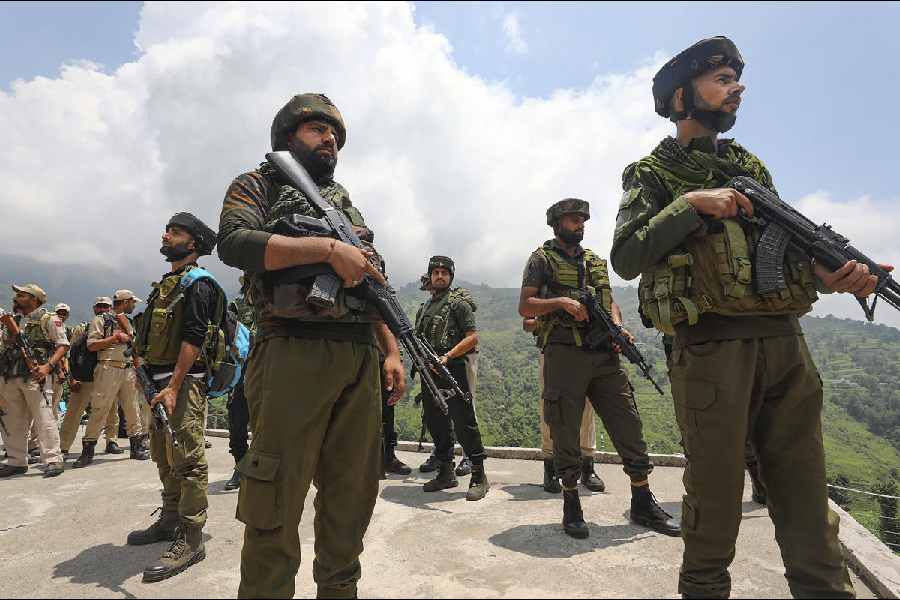Blood has been drawn from the army in Jammu for the second time in a week. Four army personnel lost their lives in an encounter with militants in Doda; five army men had died in an ambush laid by terrorists in Kathua only last week. Jammu turning out to be a hotbed of terror strikes can no longer be doubted. The numbers bear out such a claim. Jammu, which had been relatively peaceful between 2003 and 2018, began to witness a spike in militancy since 2022-2023; but this year has been the worst, with six attacks carried out by extremists on security forces so far. This chain of events merits a closer look at the prevailing gaps — there are many — in the security apparatus. Intelligence deficit is a principal challenge; there is even a view that dependence on technology has led to rusty intelligence-gathering on militant activities. The army top brass must look into this lacuna. The redeployment of troops from Jammu — an estimate suggests that 4000 to 5000 soldiers engaged in counter-insurgency operations have been shifted since 2021 — towards the Line of Actual Control has not only resulted in a thinner presence of combatants on the ground but also increased the area of responsibility for the remaining battalions. A redeployment plan appears to be necessary given the rise in violence by militants. Most of these depredations have been carried out by militants in areas close to the international border; the latter needs better surveillance to check the infiltration of terrorists from across the border. With the northern borders under duress, India cannot afford to be lax on security matters in Jammu or, for that matter, in Kashmir Valley.
Of course, the bolstering of the security apparatus is only one aspect of the deterrence policy against terrorism. Parallel measures need to be implemented by the political leadership and the administration, including interventions designed to address the grievances of the people. In fact, there is speculation that the compact between the common people and the army, a crucial asset in the battle against militancy, has frayed. Whether the unilateral stripping of Jammu and Kashmir’s statehood and the removal of Article 370 served as catalysts in this erosion must be examined. The rekindling of the political and the electoral processes in J&K — one of the aims of heightened militant activity is to undermine this very goal — must be expedited irrespective of the realities on the ground.











